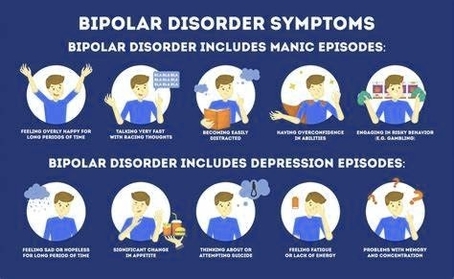Visual Psychological Paper: An Overview
Visual psychology is a fascinating field that explores the relationship between the human brain and visual art. It delves into how we perceive and create art, and how these processes are influenced by our brain’s functioning.
Art and the Brain
Art is a product of the human brain. The complexity and sophistication of art have led to debates about its relevance to brain function and evolution. Visual art impacts various brain processes, including the perception of space, motion, and color.
Visual Memory
Visual memory plays a crucial role in our interaction with art. Research in this area often focuses on visual working memory (VWM) and visual episodic long-term memory (VLTM). VWM is involved in the short-term retention of visual information, while VLTM deals with the conscious recognition of visual events.
Art and Disorders
The impact of eye and brain disorders on artistic output is another area of interest. Disorders can alter the way artists perceive and represent the world, providing unique insights into the brain’s role in artistic creation.
Nationalism and Art
The rise of nationalism in the Ottoman Empire, for instance, led to a surge in art reflecting national identities. This shows how societal changes can influence art, further highlighting the interplay between art and psychology.
Theories and Models
everal cognitive and information-processing-based approaches detail the mechanisms underlying art viewing. These models help us understand how we interpret and react to art, contributing to the broader field of psychological aesthetics.
Conclusion
Visual psychology offers a unique lens to view and understand art. By studying how our brains interact with art, we can gain a deeper appreciation of both human creativity and brain function. This field continues to evolve, promising exciting insights into the intricate dance between the brain, the eye, and art.
This summary provides a broad overview of visual psychology. For a more in-depth understanding, consider exploring academic resources or enrolling in related courses.



